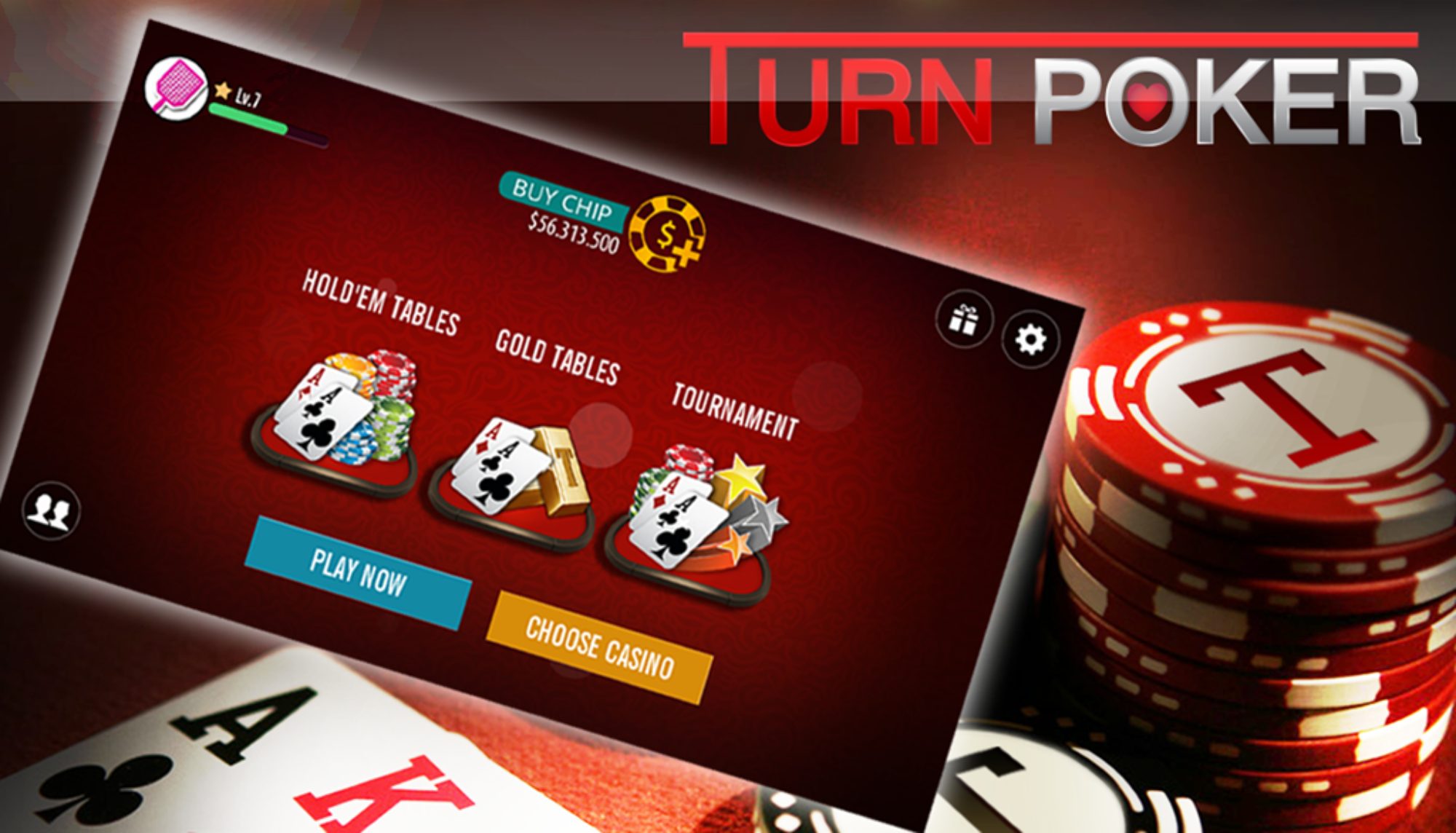The Mathematics of Poker – Understanding Odds, Outs, and Expected Value

In the world of poker, the interplay between chance and skill creates a dynamic and engaging experience for players. While luck may influence the outcome of a single hand, understanding the underlying mathematics can significantly enhance a player’s strategy and decision-making process. This article delves into the critical concepts of odds, outs, and expected value, which are essential for anyone looking to elevate their poker game.
Odds represent the likelihood of a particular outcome occurring, and they play a crucial role in determining whether to bet, call, or fold. By calculating the odds of completing a winning hand, players can make informed decisions that align with their long-term profitability. Additionally, the concept of outs–the cards that can improve a player’s hand–provides valuable insight into the probability of winning in various situations.
Furthermore, the notion of expected value (EV) helps players assess the potential profitability of their actions over time. By analyzing the EV of different plays, individuals can develop a strategic approach that maximizes their winnings while minimizing losses. Understanding these mathematical principles not only sharpens a player’s analytical skills but also adds an exciting layer to the game of poker, transforming it from a mere gamble into a calculated endeavor.
Understanding Poker Odds: Calculating Your Chances of Winning
In the game of poker, understanding the odds is crucial for making informed decisions that can lead to success at the table. Poker odds represent the ratio of the likelihood of winning to the likelihood of losing a hand. By mastering these calculations, players can improve their strategies and maximize their chances of winning over time.
To effectively calculate poker odds, players must consider both the cards currently in play and the potential cards that could come next. This process involves determining the number of outs, which are the cards that can improve a player’s hand, and comparing that to the total number of unseen cards. By understanding this concept, players can make better decisions regarding whether to call, raise, or fold.
Key Concepts in Poker Odds
- Outs: The cards that will improve your hand. For example, if you have a flush draw, any card of that suit will be considered an out.
- Pot Odds: The ratio of the current size of the pot to the size of the bet you need to call. Pot odds help you determine whether a call is profitable based on the likelihood of hitting your outs.
- Implied Odds: Similar to pot odds, but they take into account potential future bets that could be won if you hit your outs.
To illustrate how to calculate poker odds, consider the following example:
| Situation | Outs | Unseen Cards | Odds of Hitting an Out |
|---|---|---|---|
| Flop: 2♠, 3♠, 5♥ (You have 7♠, 8♠) | 9 (remaining spades) | 47 (52 total – 2 in hand – 3 on board) | Approximately 19% (9 outs / 47 unseen cards) |
By understanding these calculations and the key concepts of poker odds, players can enhance their decision-making process and improve their overall performance in the game. Mastering poker odds is not just about numbers; it’s about making strategic choices that can lead to long-term success.
Outs and Their Importance in Decision Making During Poker Games
In poker, understanding your “outs” is crucial for making informed decisions. Outs are the unseen cards in the deck that can improve your hand and lead you to victory. Identifying these outs allows players to calculate their odds of hitting the card they need, which is essential for determining the best course of action during a game.
Calculating your outs not only helps you gauge the strength of your hand but also influences your betting strategy. The more outs you have, the more aggressive you can be with your bets. Conversely, if you have few outs, it may be wise to play conservatively or even fold. Knowing your outs and how to use them effectively is a skill that separates experienced players from novices.
The Role of Outs in Decision Making
When faced with a decision, consider the following aspects related to your outs:
- Counting Outs: Identify how many cards can improve your hand. For example, if you’re holding a flush draw, there are nine cards of the same suit remaining in the deck.
- Calculating Odds: Use your outs to calculate the odds of hitting one of those cards. This involves comparing the number of outs to the total number of unseen cards.
- Pot Odds: Compare your odds of hitting an out to the pot odds offered by the current bet. This helps you determine if a call is profitable in the long run.
Here’s a simple table illustrating how to calculate outs and odds:
| Situation | Outs | Unseen Cards | Odds of Hitting |
|---|---|---|---|
| Flush Draw | 9 | 47 | 9/47 or ~19% |
| Straight Draw | 8 | 47 | 8/47 or ~17% |
In summary, outs are a vital component of poker strategy. By accurately identifying and calculating your outs, you can enhance your decision-making process, ultimately improving your chances of success at the poker table.
Expected Value: Maximizing Your Profitability in Poker
Understanding the concept of expected value (EV) is crucial for any poker player aiming to maximize profitability. In poker, every decision can be analyzed in terms of its expected value, which is the average amount of money you can expect to win or lose based on your choices. By evaluating your plays through the lens of EV, you can make informed decisions that lead to long-term success at the tables.
To effectively leverage expected value in your game, it’s essential to consider both your own actions and those of your opponents. This involves calculating the potential outcomes of each decision, factoring in your chances of winning and the size of the pot. By consistently making plays with a positive EV, you can steadily increase your profitability over time.
Key Takeaways for Maximizing Expected Value
- Calculate Your Odds: Always assess the probability of winning against the odds offered by the pot.
- Understand Outs: Knowing how many outs you have can help you make better decisions regarding your betting strategy.
- Adjust for Opponent Behavior: Take into account how your opponents play; this can affect the EV of your decisions significantly.
- Practice Bankroll Management: Managing your bankroll effectively ensures that you can withstand the variance of the game while pursuing positive EV plays.
- Analyze Your Mistakes: Reviewing past hands and understanding where you made EV-negative decisions will help you improve your game.
In conclusion, maximizing your profitability in poker hinges on a solid understanding of expected value. By making decisions that prioritize positive EV, you can enhance your overall strategy and significantly improve your results at the poker table. Continuous learning, practice, and adaptation to the game’s dynamics will position you as a formidable player, ready to capitalize on every opportunity for profit.

